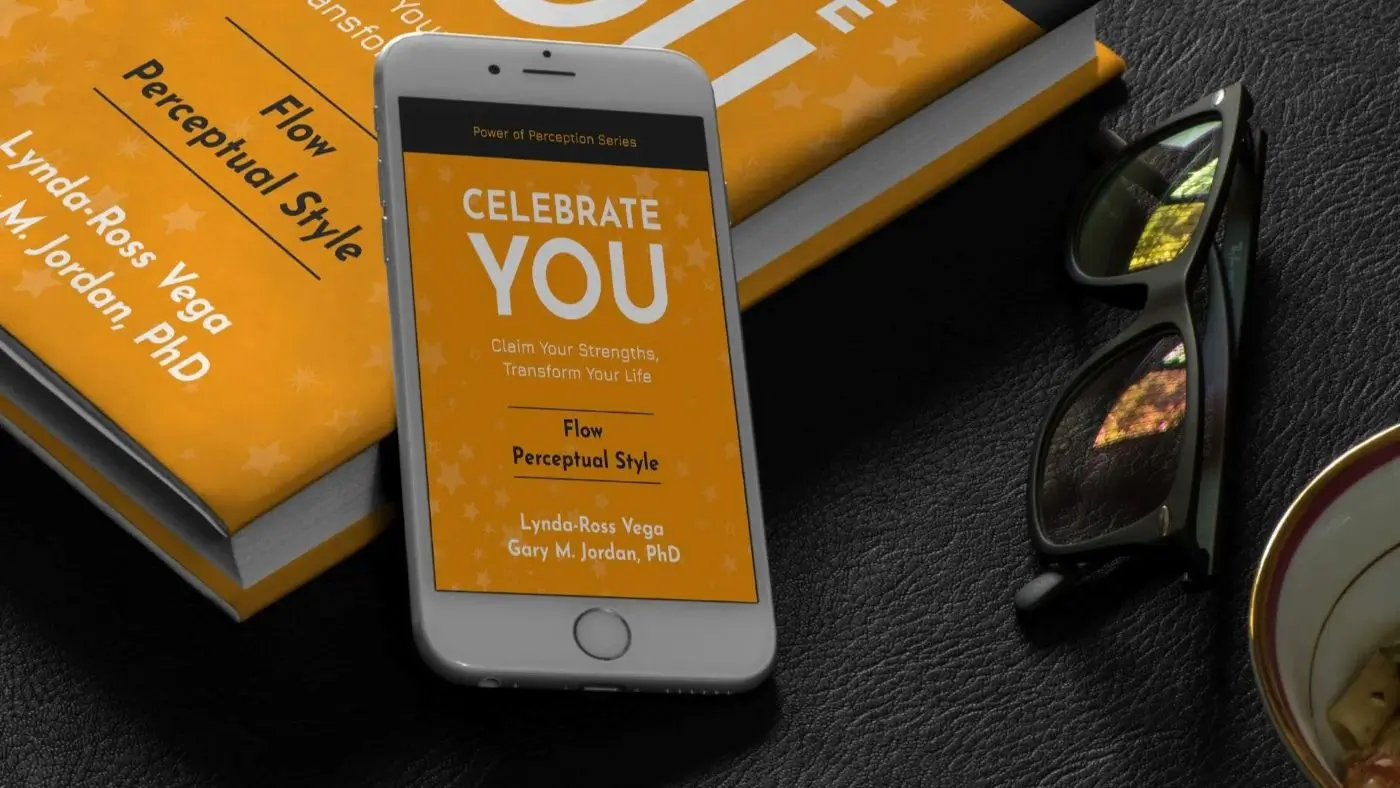
Flow Perceptual Style™ and Communication
Building Connection Through Understanding
Communication is the fundamental action that brings people together — or pushes them apart.
We all want to be understood. We search for the right words, the right tone, and the right approach. But often, what we mean isn’t what others hear, and what others hear isn’t always what we meant.
That’s not because you or the other person isn’t smart or trying hard enough. It’s because the words you choose, the meaning you intend, and the triggers you hear are shaped by your Flow Perceptual Style.

What Makes Flow Communication Unique
With the Flow Perceptual Style,communication is about more than sharing thoughts. It’s about creating emotional resonance, understanding unspoken dynamics, and nurturing a sense of belonging. You’re at your best when conversations feel warm, inclusive, and genuine.
You shine in communication when you can:
-
Build emotional bridges by tuning into how others feel, not just what they say.
-
Use gentle, expressive language — including metaphors and symbolism — to communicate complex meaning.
-
Listen attentively for emotional cues and unspoken needs.
-
Create a space where people feel seen, safe, and deeply heard.
For you, communication isn’t just about exchanging information — it’s a pathway to mutual understanding and lasting connection.
Where Communication Can Break Down
Even with your communication strengths, there are moments when connection feels out of reach. That disconnect often arises when your Flow Perceptual Styleis in motion, but you're not tuned in to potential mismatches in tone or style.
You might notice that:
You reflect so much on how to say something that your timing or impact is lost.
Direct or blunt communication can feel jarring and difficult to process.
Emotionally charged conversations may leave you feeling drained or overwhelmed.
These aren’t flaws — they’re just natural aspects of your style. With awareness, they become opportunities to enhance connection and deepen understanding.


Why Understanding Your Perceptual Style Matters
Communication is one of the most essential tools for building relationships, sharing ideas, and creating mutual understanding.
For someone with your Flow Perceptual Style,effective communication begins with tuning into others and creating a safe space for openness and understanding. It’s how you build bridges, soothe tensions, and foster genuine connection.
When you understand and embrace your Flow Perceptual Style,you can:
Deepen relationships by recognizing and honoring emotional cues — yours and others’.
Express yourself with clarity, care, and confidence, even in challenging conversations.
Maintain your emotional energy by recognizing when to step back or reset.
Navigate interactions with more ease, knowing how your natural style contributes to connection.
It’s not about changing who you are — it’s about trusting your innate strengths and using them with intention to create the understanding and connection you value most.
Take Action: Discover Your Perceptual Style
The Perceptual Style Assessment™doesn’t just describe your approach to change — it gives you practical tools to use your strengths effectively. With your personalized results, you’ll receive:
-
A 45-page Celebrate You! action guide all about the Flow Perceptual Style.
-
Clear insights into your communication and connection strengths.
-
Practical strategies for building trust and rapport in any conversation.
Start communicating with empathy, presence, and emotional connection — and foster conversations that create trust, safety, and mutual respect.

Explore the Six Perceptual Styles and Communication
Curious about how different Perceptual Stylesapproach communication? Explore below for insights into each unique style:
Understanding your style is the first step. Recognizing and appreciating the strengths others bring to communication turns conversations into opportunities for connection and stronger relationships.
Frequently Asked Questions about the Flow Perceptual Style and Communication
What does it mean to have the Flow Perceptual Style™?
You experience life as interwoven and relational. You notice how the past gives shape to the present—and how honoring that lineage steadies what comes next. You translate inherited meaning and shared values into today’s choices to help yourself and those around you feel grounded, seen, and safe as things evolve.
What are some of the natural strengths of the Flow Perceptual style?
You create belonging and protect what holds people together. You listen with patience, sense the emotional weather, and uphold shared values when they’re tested. Your empathy is steady (not showy): you offer calm presence, careful timing, and gentle boundary-keeping that preserves dignity—for individuals and the whole community.
How does the Flow Perceptual style show up in Communication?
You’re contextual and personal. You use stories, metaphors, and careful language to deepen understanding and strengthen relationships.
What are a few common blind spots — and how can I manage them?
You may sidestep needed tension to keep peace. Try naming the concern gently (“Here’s what I’m noticing…”) and propose a small, safe next step. You may over-give. Set soft boundaries (“I can do X this week; Y will need to wait”) to protect your energy and consistency.
How can understanding my Flow strengths help me thrive?
Awareness lets you lead with steadiness and heart. You can choose environments that value relationship and continuity, use your gift for cohesion to guide teams through change, and set humane boundaries that keep your support sustainable. Your quiet reliability is often the glue that makes bold outcomes possible.
Can my Perceptual Style change over time?
No - your Perceptual Style is innate. What evolves is how you apply it. With awareness and intention, your natural strengths become more flexible, confident, and influential.
 Lynda-Ross Vega has been fascinated by what makes people tick since she was a child. Her curiosity about human diversity and how to bring out the best in each person led her to a multifaceted career in the financial, technology, and behavioral consulting sectors. She has played roles that include top executive, entrepreneur, business owner, consultant, coach, daughter, sister, wife, stepmother, and grandmother.
Lynda-Ross Vega has been fascinated by what makes people tick since she was a child. Her curiosity about human diversity and how to bring out the best in each person led her to a multifaceted career in the financial, technology, and behavioral consulting sectors. She has played roles that include top executive, entrepreneur, business owner, consultant, coach, daughter, sister, wife, stepmother, and grandmother. Gary Jordan, Ph.D., has over 40 years of experience in clinical psychology, behavior assessment, individual development, and coaching. He earned his doctorate in clinical psychology from the California School of Professional Psychology—Berkeley in 1980.
Gary Jordan, Ph.D., has over 40 years of experience in clinical psychology, behavior assessment, individual development, and coaching. He earned his doctorate in clinical psychology from the California School of Professional Psychology—Berkeley in 1980.




